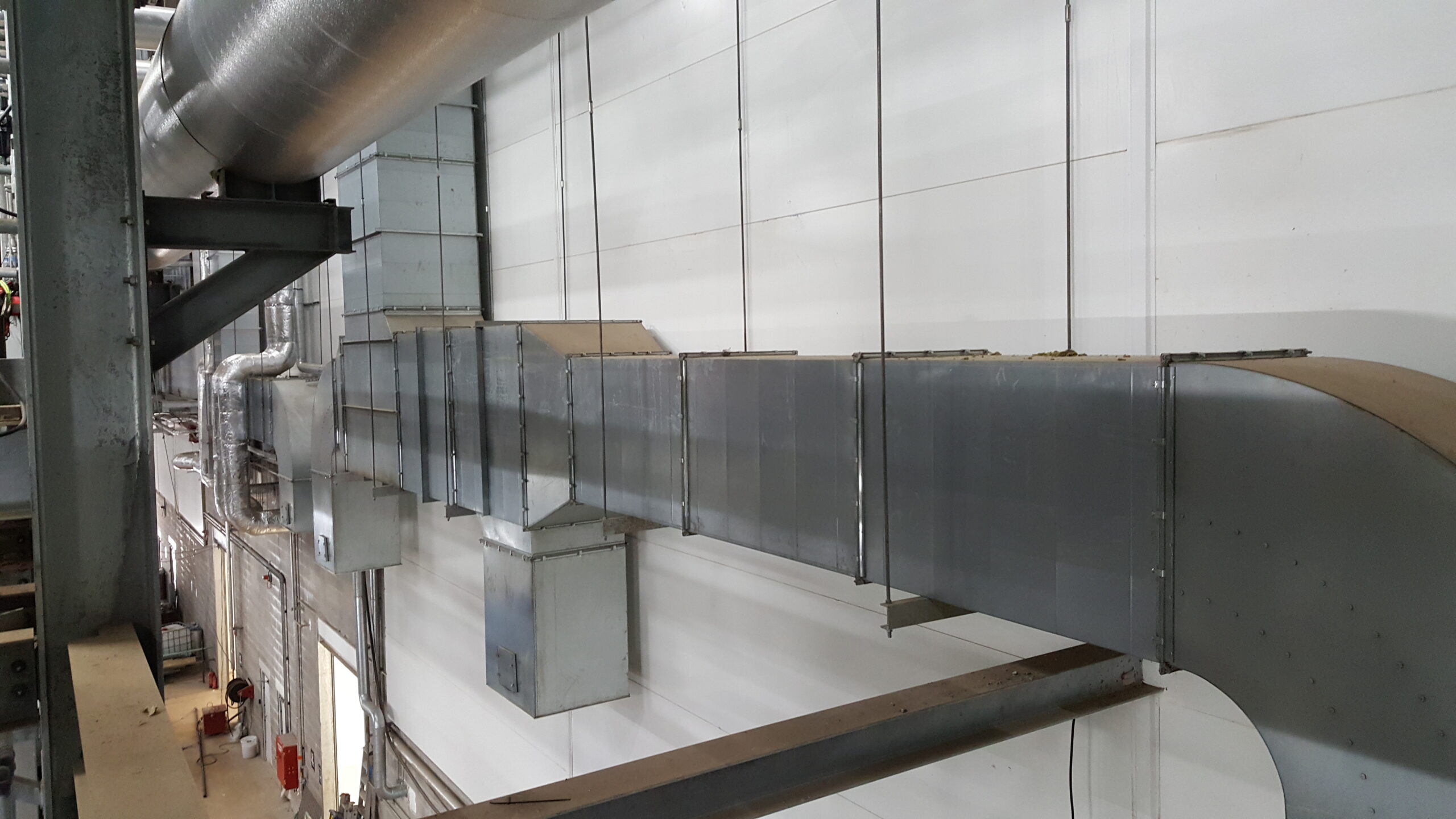
In today's fast-paced world, ensuring a healthy and comfortable indoor environment is of utmost importance. One crucial aspect of achieving this is through the implementation of an efficient ventilation system. With a plethora of options available, it can be challenging to determine the best type of ventilation system for your specific needs. In this article, we will delve into the various types of ventilation systems and explore the factors that make one stand out from the rest.
- Balanced Mechanical Ventilation:
Balanced mechanical ventilation systems are designed to provide a controlled exchange of indoor and outdoor air. These systems utilize both supply and exhaust fans to maintain a balanced airflow throughout the building. By recovering heat or coolness from the outgoing air, they help to conserve energy while ensuring optimal air quality. - Heat Recovery Ventilation (HRV) Systems:
HRV systems are renowned for their ability to recover heat from the outgoing air and transfer it to the incoming fresh air. This process not only helps to maintain a comfortable indoor temperature but also reduces energy consumption. HRV systems are particularly effective in cold climates, where they prevent excessive heat loss during the ventilation process. - Energy Recovery Ventilation (ERV) Systems:
Similar to HRV systems, ERV systems recover heat from the outgoing air. However, they go a step further by also transferring moisture between the incoming and outgoing air streams. This feature is especially beneficial in humid climates, as it helps to maintain optimal indoor humidity levels, preventing the growth of mold and mildew. - Demand-Controlled Ventilation (DCV) Systems:
DCV systems are designed to adjust ventilation rates based on the actual occupancy and air quality of a space. By utilizing sensors and advanced control algorithms, these systems can optimize energy efficiency while ensuring adequate ventilation. DCV systems are particularly suitable for spaces with varying occupancy levels, such as offices, schools, and commercial buildings. - Natural Ventilation:
While mechanical ventilation systems offer precise control, natural ventilation harnesses the power of nature to provide fresh air. This type of ventilation relies on strategically placed openings, such as windows, vents, and skylights, to facilitate the flow of air. Natural ventilation systems are environmentally friendly and can be highly effective in moderate climates with favorable wind patterns.
Conclusion:
When it comes to choosing the best type of ventilation system, there is no one-size-fits-all solution. The optimal choice depends on various factors, including climate, building design, occupancy patterns, and energy efficiency goals. By considering the unique requirements of your space and consulting with ventilation experts, you can select a system that ensures excellent indoor air quality while minimizing energy consumption. Remember, a well-designed ventilation system is not just an investment in comfort but also in the health and well-being of occupants.

